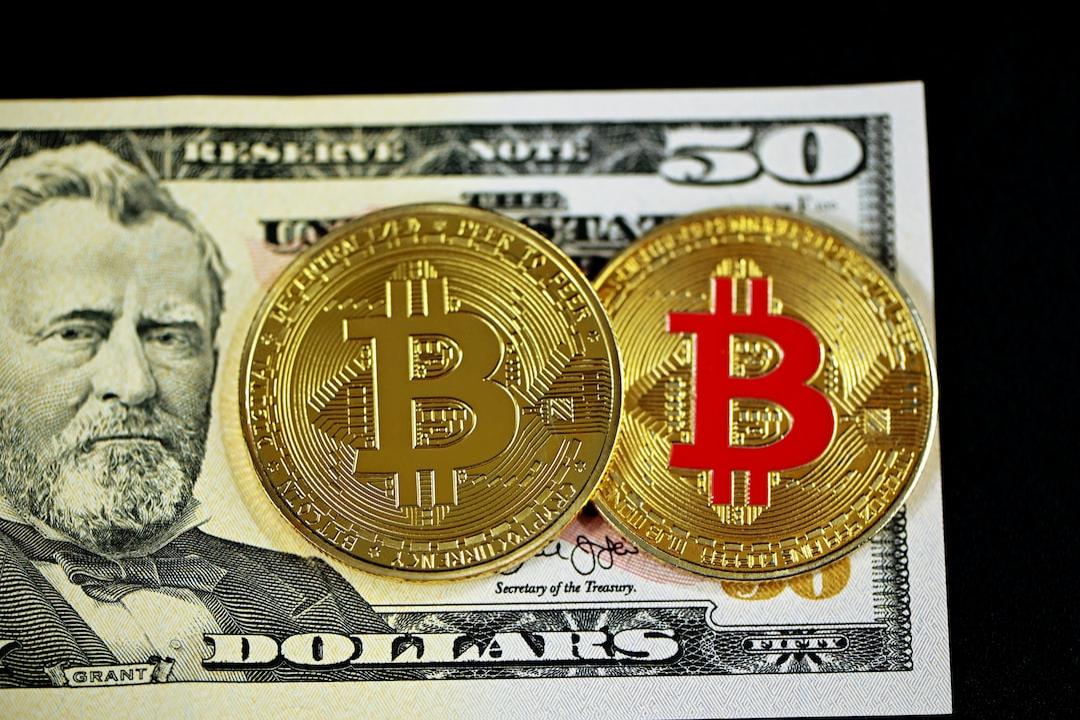This week’s market observation: Matrixport’s report caused a plunge in Bitcoin price, what is the truth behind it?
The overall cryptocurrency market plummeted from 45,500 to a low of 40,500 around 6:30 PM on January 3rd, a decrease of over 10% within two hours. Other altcoins experienced even more shocking drops, and users who did not set stop-loss orders in their contract trades were highly likely to be liquidated.
Afterwards, many people started looking for reasons for this decline, and they pointed their fingers at Matrixport’s investment report released earlier on January 3rd. The report mentioned that the likelihood of the SEC approving a Bitcoin spot ETF is quite low, and it also discussed Chairman Gary’s unfriendly attitude towards cryptocurrencies, as well as political factors such as the Democratic Party.
However, the author believes that attributing this sharp drop to Matrixport’s report is merely using it as an excuse. There are two reasons for this:
1. Influence of Matrixport’s report:
There are countless investment research reports in the market, and almost every investment institution publishes their own investment reports. Currently, there are thousands of investment institutions in the cryptocurrency market. Can every report really be taken seriously by the market? The author believes that influential institutions such as A16Z, Messari, Delphi Digital, and Coinbase Venture are the ones that can capture the market’s attention. The influence of Matrixport is still debatable.
2. Rigor of the report content:
This report is less than 500 words long. Although more words don’t necessarily mean more reference value, the content of this report seems insufficient to be considered a comprehensive report. It appears to be more of a condensed result of the analyst’s personal subjective feelings.
The market decline is an undeniable fact, but it is fortunate that the decline did not further widen. Instead, there is a trend of rebounding and resetting the recent high funding rates, which has slightly cooled down the speculative atmosphere and is healthier for the future development of the market.
Highlights of the industry news this week:
Goldman Sachs may play an important role as Bitcoin spot ETF is launched
According to Coindesk, two insiders revealed that Goldman Sachs may play a key role in the process of BlackRock and Grayscale planning to launch a Bitcoin spot ETF in the United States.
Insiders disclosed that the bank is in negotiations to become an authorized participant in the creation and redemption of ETF shares, ensuring that the product trades in sync with its underlying assets. This is one of the most important tasks in the ETF industry, which has a scale of hundreds of billions of dollars.
Solana’s monthly NFT trading volume surpasses Ethereum’s for the first time, reaching approximately $370 million
According to data from analysis platform CryptoSlam, in December 2023, the monthly sales volume of NFTs on the Solana network exceeded that of Ethereum for the first time, reaching approximately $366.5 million, while Ethereum NFT sales amounted to $353.2 million.
In addition, the number of independent buyers and sellers on Solana doubled, and the total number of NFT transactions also increased significantly in December.
According to the CryptoSlam report, there are approximately 218,000 sellers and 279,000 buyers on Solana, involving nearly 6.6 million NFT transactions. In comparison, Ethereum has approximately 114,000 sellers and over 143,000 buyers, involving 698,000 transactions.
New Year fireworks! How did TRB manage to go long and short?
Tellor (TRB) experienced a roller coaster-like volatility in the past 24 hours, with its price skyrocketing to over $600 before dropping to $137. According to CoinGlass data, during this period, TRB had more liquidation positions than any other cryptocurrency, and in the midst of manipulation rumors, whales exited their long and short positions.
For detailed trading strategies, please refer to AI Coin’s Twitter.
The views presented in this article represent diverse opinions and do not reflect the position of “WEB3+”.
This article is reproduced with permission from Pionex Weekly Report.
Proofread and edited by Gao Jingyuan.

